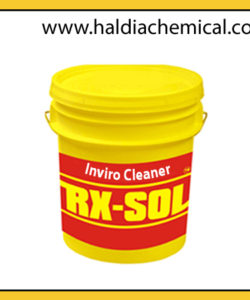Description
Technical Bulletin
Product Features
WD-40 lubricates moving parts such as hinges, wheels, rollers, chains, and gears. It protects against rust and corrosion on items like tools, and sporting equipment. It penetrates to free stuck corroded parts like nuts, bolts, valves and locks. It quickly removes adhesives, corrosion and paint. It displaces moisture to restore water flooded equipment such as engines, spark plugs and power tools.
|
Operating Temperature: -10˚ F to 200˚ F Dielectric Strength: 44,400 – 47,800 Volts Solubility in Water: Insoluble |
Kb Value: 24.8 Film Thickness: 17 um (US) Coverage: 600-1000 ft2 per gal |
|
Surface Compatibility For all variations : WD-40 demonstrates none to negligible deleterious effect to plastic, rubber, and metal hard surfaces. This includes Acetal, neoprene/hard rubber, HDPE, PPS Copolymer Polysulfone, Teflon, Viton, steel, galvanized steel hot dip, electroplated, copper, brass, magnesium, nickel, tin plate, titanium, and zinc. |
Surface Cautions Nearly all surfaces interact with WD-40 as they would any high grade ali-phatic petroleum spirit. Certain types of rubber will swell upon prolonged immersion. Wax polishes and certain wax coatings may be softened by WD-40. Clear polycarbonate and polystyrene may stress craze or crack. Always test surfaces first. |
Performance – WD-40® Multi-Use Product
|
Test Method |
Property |
Results |
|
ASTM 4172 |
Lubricates and Protects |
0.60-0.70 mm at RT |
|
ASTM 3233 |
Extreme Pressure Lubrication |
1300-2000 lbs |
|
ASTM B-117 |
Corrosion Protection (Salt Spray) |
0-20% in 72 hours |
Label
LABEL PROPERTY


